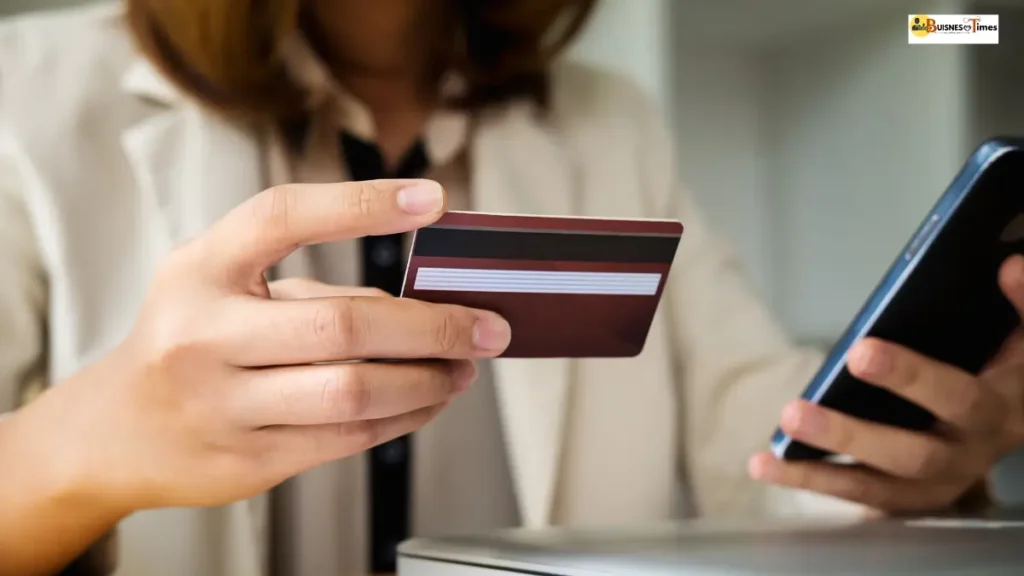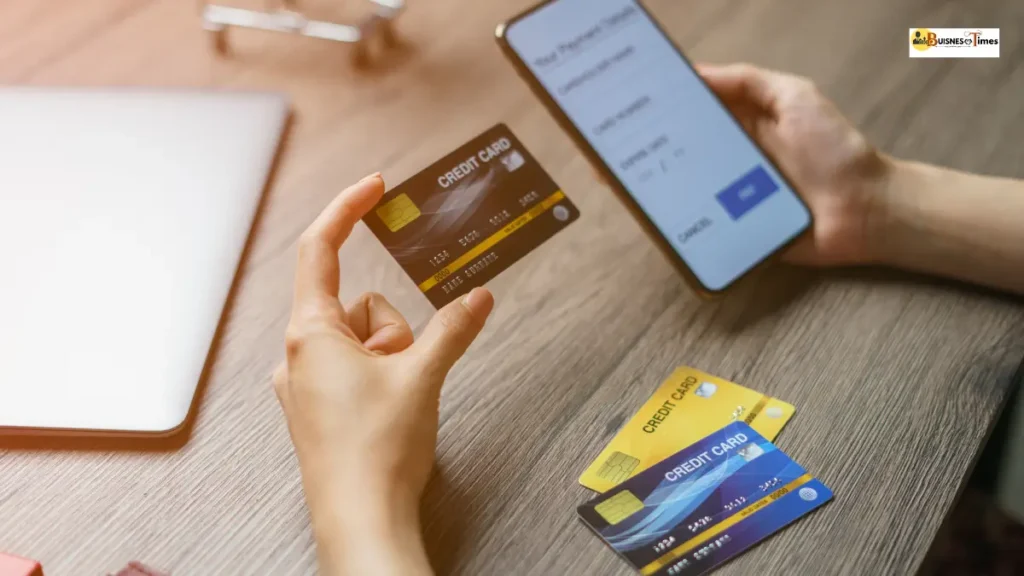Credit cards are designed for easy payments, but sometimes you may urgently need cash in hand. While withdrawing cash from an ATM using a credit card is common, many people today ask: how to withdraw cash from credit card online?
The good news is that banks and fintech apps now allow online cash withdrawals, letting you transfer money from your credit card to your bank account without visiting an ATM. However, this convenience comes at a cost – interest rates and transaction charges can be high. In this guide, we explain all methods, charges, risks, and safer alternatives to help you make an informed decision.

Also Read | SEO Strategies in Crisis? Powerful Ways to Win in the AI Search Era
2. Is Online Credit Card Cash Withdrawal Possible?
Yes, it is possible. Traditionally, credit cards allowed cash withdrawals only at ATMs. But now, most banks and digital wallets support card-to-bank transfers online.
Two major options exist:
- Direct transfer via net banking or mobile apps – Some banks let you transfer cash directly from your credit card to your savings account.
- Indirect transfer via wallets/UPI apps – Load your wallet (Paytm, PhonePe, Mobikwik) using your credit card, then transfer the wallet balance to your bank account.
Keep in mind: Unlike normal credit card purchases, cash withdrawals don’t have an interest-free period. Charges start from the day of transaction.
Methods How To Withdraw Cash from Credit Card Online
a) Net Banking / Mobile Banking
- Many banks (HDFC, ICICI, SBI, Axis) allow customers to log in to net banking and transfer funds from their credit card to a savings account.
- This is often called a “Credit Card Advance” or “Direct Transfer Facility.”
Steps:
- Log in to your net banking / mobile banking app.
- Select “Credit Card Services.”
- Choose “Transfer to Account” or “Cash Advance.”
- Enter the amount and confirm.
b) UPI-based Transfers
- Some apps like Google Pay and PhonePe allow you to add a credit card as a payment method.
- You can pay via UPI and in some cases, transfer directly to linked accounts.
Note: Many UPI apps limit direct credit card transfers to bank accounts (to prevent misuse), so this may not always work.
c) Wallet Apps (Paytm, Mobikwik, Freecharge)
- Add money to the wallet using your credit card.
- Use the “Send to Bank” option to transfer wallet balance to your savings account.
- Charges usually range between 1.5% to 3% of the transferred amount.
d) Credit Card Provider Apps
- Some issuers like HDFC “SmartPay,” SBI “Card-to-Card Transfer,” or ICICI “Card Advance” allow quick online withdrawals.
- These are official and safer compared to third-party wallets.
Credit Card Cash Withdrawal Charges & Interest
Withdrawing cash online comes with two main charges:

- Cash Advance Fee: Usually 2.5%–3% of the amount withdrawn (minimum ₹300).
- Interest Rate: 2.5%–3.5% per month (30%–42% annually), charged from Day 1.
Example Calculation:
If you withdraw ₹10,000 using your credit card:
- Cash advance fee = ₹300 (minimum).
- Interest = ₹300 per month (approx., depending on your card).
- If repaid in 2 months → You pay about ₹10,900 in total.
Credit Card Cash Withdrawal Charges Table
| Bank / Card Provider | Cash Advance Fee | Monthly Interest Rate | Example (₹10,000 for 30 days) |
|---|---|---|---|
| HDFC Bank Credit Card | 2.5% (₹500 min) | 3.49% | ₹10,849 |
| ICICI Bank Credit Card | 2.5% (₹500 min) | 3.40% | ₹10,840 |
| SBI Credit Card | 2.5% (₹500 min) | 3.35% | ₹10,835 |
| Axis Bank Credit Card | 2.5% (₹500 min) | 3.60% | ₹10,860 |
(Values may vary depending on card type – always check your provider’s official website.)
Limitations on Online Credit Card Cash Withdrawals
- Withdrawal Limit: Usually 20%–40% of your total credit limit can be withdrawn as cash.
- No Interest-Free Period: Unlike purchases, interest applies immediately.
- Impact on Credit Score: Frequent cash withdrawals can negatively affect your CIBIL score.
- Daily Limits: Many apps restrict transactions between ₹5,000 – ₹25,000 per day.
Risks & Safety Precautions
While online credit card cash withdrawal is convenient, it carries risks:
- High Interest Costs: Can double your liability if not repaid on time.
- Fraud Risks: Using unknown apps can expose you to scams.
- Debt Trap: Regular withdrawals can increase credit card debt quickly.
Tips:
Use only bank-approved apps.
Repay withdrawn amount as soon as possible.
Avoid using this feature for non-emergency expenses.
Alternatives to Online Credit Card Cash Withdrawal
If you need funds urgently but want to avoid high charges, consider these alternatives:

- Credit Card Personal Loan: Lower interest rate compared to cash advance.
- EMI Conversion: Convert large purchases into EMIs instead of withdrawing cash.
- Balance Transfer: Move outstanding balance to another card with lower interest.
FAQs (People Also Ask)
Q1. Can I transfer money from a credit card to a bank account?
Yes, using net banking, mobile apps, or wallets like Paytm. However, fees and interest apply.
Q2. How much cash can I withdraw from a credit card?
Most banks allow 20%–40% of your credit limit. Example: If your limit is ₹1,00,000, you can withdraw ₹20,000–₹40,000.
Q3. Does online cash withdrawal affect my CIBIL score?
Yes, frequent withdrawals show higher credit dependency, which may reduce your credit score.
Q4. Which app is best for credit card to bank transfer?
Paytm Wallet and Mobikwik are widely used, but bank’s own apps (HDFC, SBI, ICICI) are safer.
Q5. How can I withdraw cash from a credit card without charges?
Currently, no option exists without charges. Even wallet transfers involve small fees.
Conclusion
Credit card cash withdrawal online is possible through net banking, UPI, wallets, and official card apps. However, it comes with cash advance fees, high interest rates, and risks to credit health.
Best advice: Use online credit card cash withdrawals only in emergencies and repay quickly. For long-term needs, consider personal loans or EMI options.
Disclaimer
This article is for informational purposes only. Credit card charges, interest rates, and withdrawal rules may vary across banks. Always check with your card provider before making transactions.

